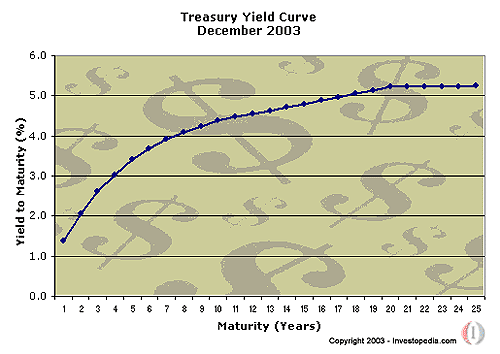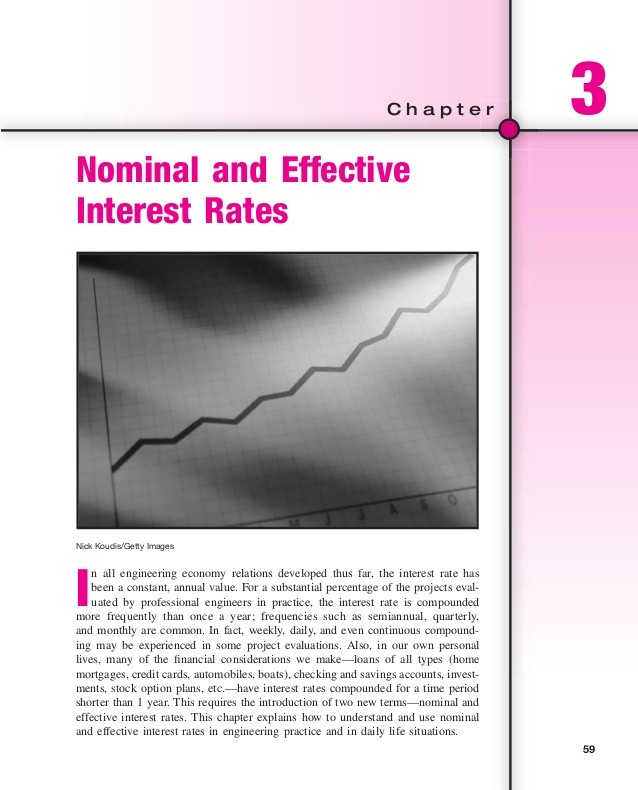Understanding Interest Rates Nominal Real And Effective Yahoo India Finance
Post on: 12 Октябрь, 2015 No Comment

The term “interest rate” is one of the most commonly used phrases in consumer finance and fixed income investments. Of course, there are several types of interest rates: real, nominal, effective, annual and so on. The differences between the various types of rates, such as nominal and real, are based on several key economic factors. But while these technical variables may seem trivial to the uneducated, lending institutions and retailers have been taking advantage of the public’s general ignorance of these distinctions to rake in hundreds of billions of dollars over the years. Those who understand the difference between nominal and real interest rates have therefore taken a major step toward becoming smarter consumers and investors.
Nominal Interest Rate
The nominal interest rate is conceptually the simplest type of interest rate. It is quite simply the stated interest rate of a given bond or loan. This type of interest rate is referred to as the coupon rate for fixed income investments, as it is the interest rate guaranteed by the issuer that was traditionally stamped on the coupons that were redeemed by the bondholders. The nominal interest rate is in essence the actual monetary price that lenders pay to borrowers to use their money. If the nominal rate on a loan is 5%, then borrowers can expect to pay $5 of interest for every $100 loaned to them.
Real Interest Rate
The real interest rate is slightly more complex than the nominal rate but still fairly simple. The nominal interest rate doesn’t tell the whole story, because inflation reduces the lender’s or investor’s purchasing power so that they cannot buy the same amount of goods or services at payoff or maturity with a given amount of money as they can now. The real interest rate is so named because it states the “real” rate that the lender or investor receives after inflation is factored in ; that is, the interest rate that exceeds the inflation rate. If a bond that compounds annually has a 6% nominal yield and the inflation rate is 4%, then the real rate of interest is only 2%. The real rate of interest could be said to be the actual mathematical rate at which investors and lenders are increasing their purchasing power with their bonds and loans. It is actually possible for real interest rates to be negative if the inflation rate exceeds the nominal rate of an investment. For example, a bond with a 3% nominal rate will have a real interest rate of -1% if the inflation rate is 4%. A comparison of real and nominal interest rates can therefore be summed up in this equation:
Nominal interest rate – Inflation = Real interest rate
Several economic stipulations can be derived from this formula that lenders, borrowers and investors can use to make more informed financial decisions.
- Real interest rates can not only be positive or negative, but can also be higher or lower than nominal rates. Nominal interest rates will exceed real rates when the inflation rate is a positive number (as it usually is). But real rates can also exceed nominal rates during deflation periods.
- A hypothesis maintains that the inflation rate moves in tandem with nominal interest rates over time, which means that real interest rates become stable over longer time periods. Investors with longer time horizons may, therefore, be able to more accurately assess their investment returns on an inflation-adjusted basis.

Effective Interest Rate
One other type of interest rate that investors and borrowers should know is called the effective rate, which takes the power of compounding into account. For example, if a bond pays 6% on an annual basis and compounds semiannually, then an investor who invests $1,000 in this bond will receive $30 of interest after the first 6 months ($1,000 x .03), and $30.90 of interest after the next 6 months ($1,030 x .03). The investor received a total of $60.90 for the year, which means that while the nominal rate was 6%, the effective rate was 6.09%. Mathematically speaking, the difference between the nominal and effective rates increases with the number of compounding periods within a specific time period. Note that the rules pertaining to how the AER on a financial product is calculated and advertised are less stringent than for the annual percentage rate (APR).
Applications
The chief advantage to knowing the difference between nominal, real and effective rates is that it allows consumers to make better decisions about their loans and investments. A loan with frequent compounding periods will be more expensive than one that compounds annually. A bond that only pays a 1% real interest rate may not be worth investors’ time if they seek to grow their assets over time. These rates effectively reveal the true return that will be posted by a fixed-income investment and the true cost of borrowing for an individual or business.
Investors who seek protection from inflation in the fixed-income arena can look to instruments such as Treasury Inflation Protected Securities (TIPS), which pay an interest rate that is indexed to inflation. In addition, mutual funds invest in bonds, mortgages and senior secured loans that pay floating interest rates that periodically adjust with current rates.
Interest rates can be broken down into several subcategories that incorporate various factors such as inflation. Smart investors know to look beyond the nominal or coupon rate of a bond or loan to see whether it really fits their investment objectives. Consult your financial advisor if you need professional advice on interest rates and investments that keep up with inflation.














